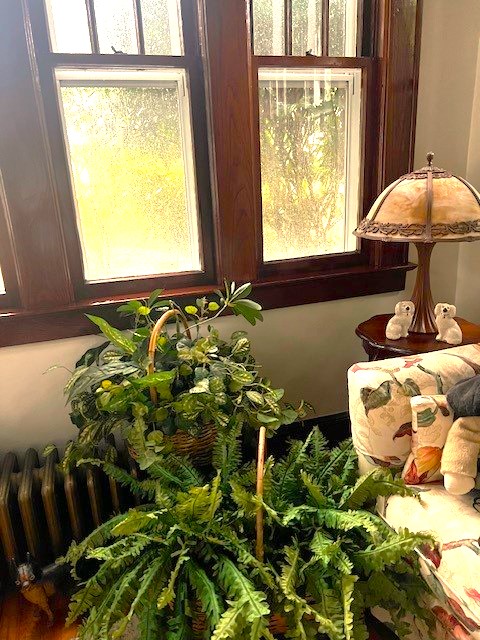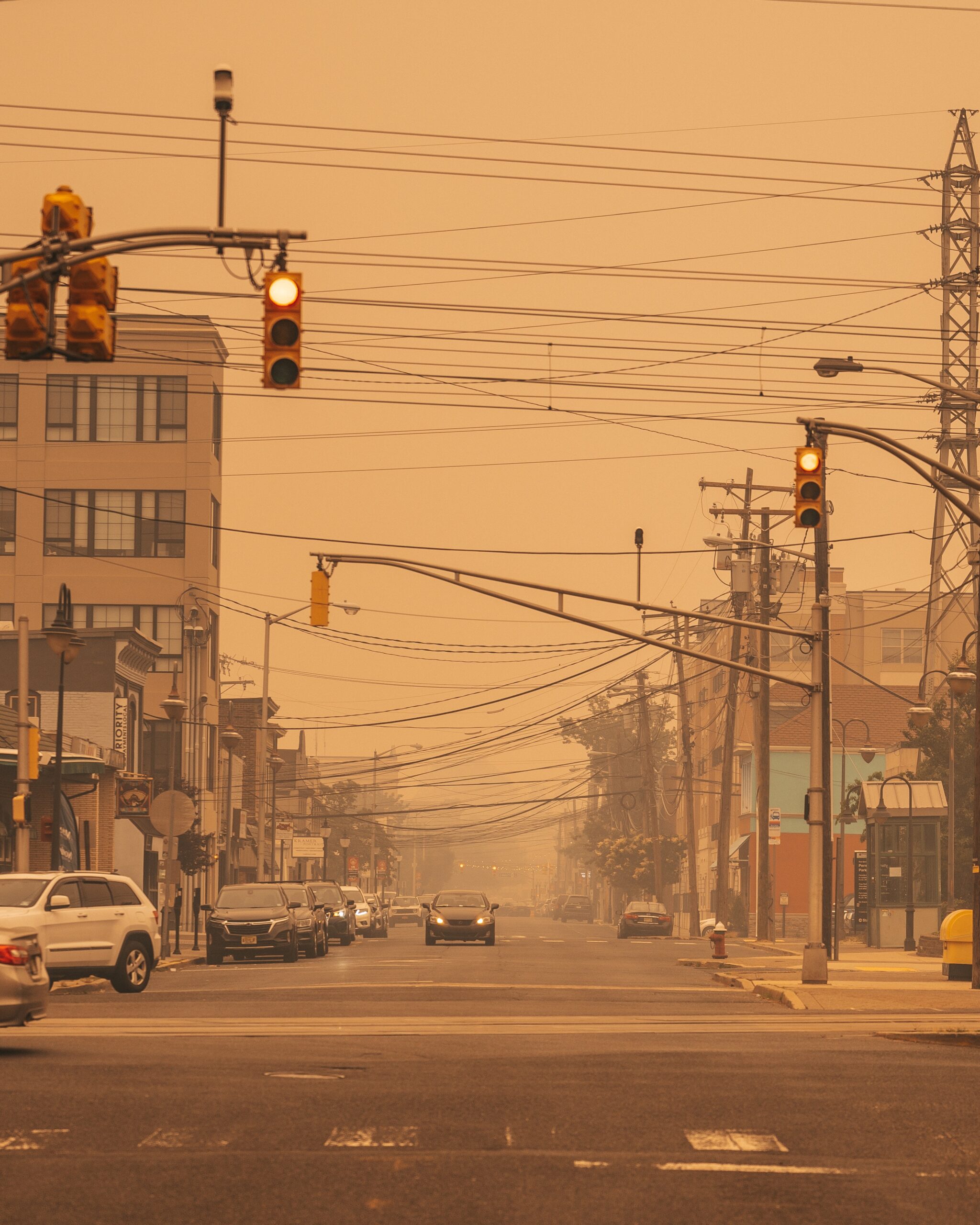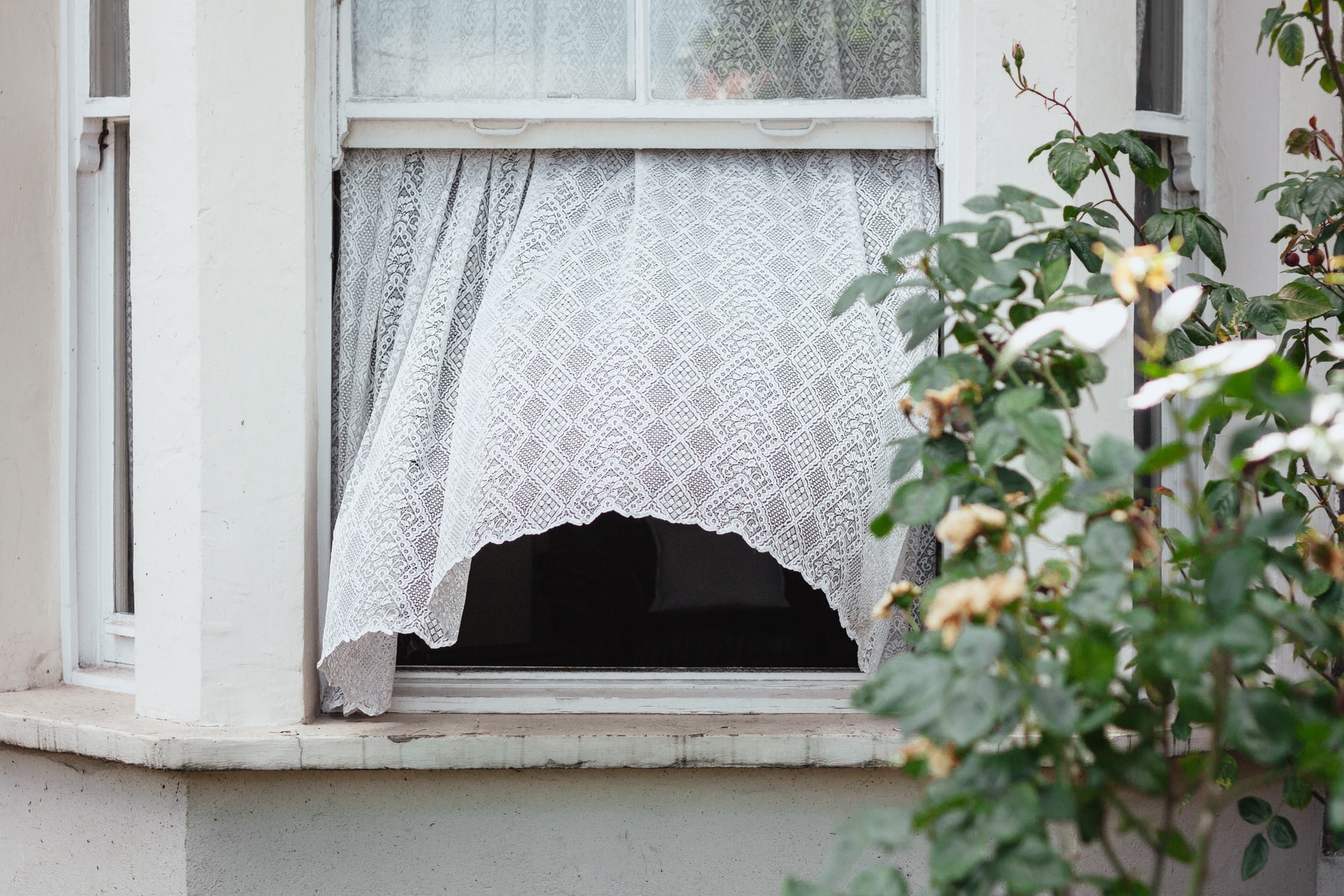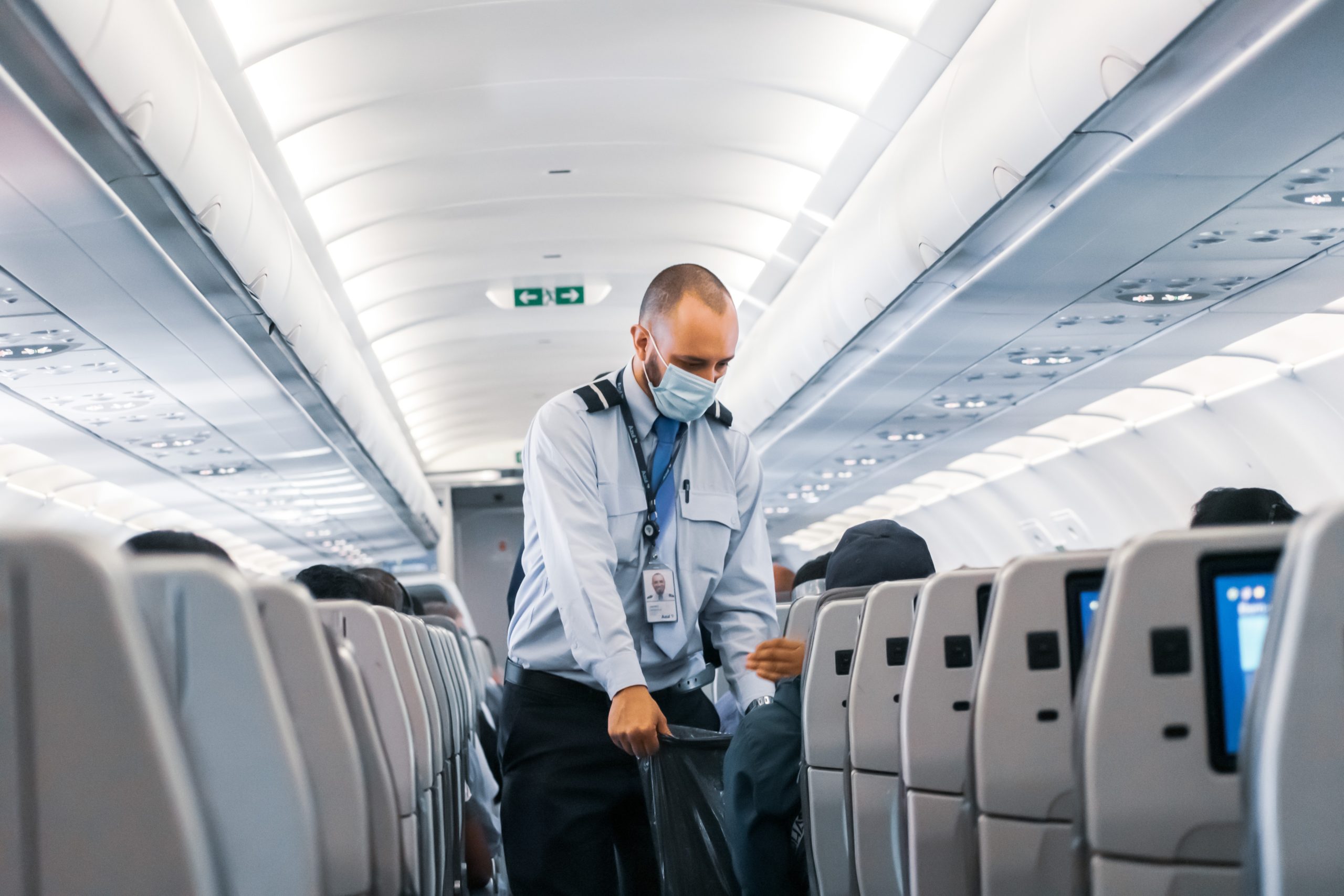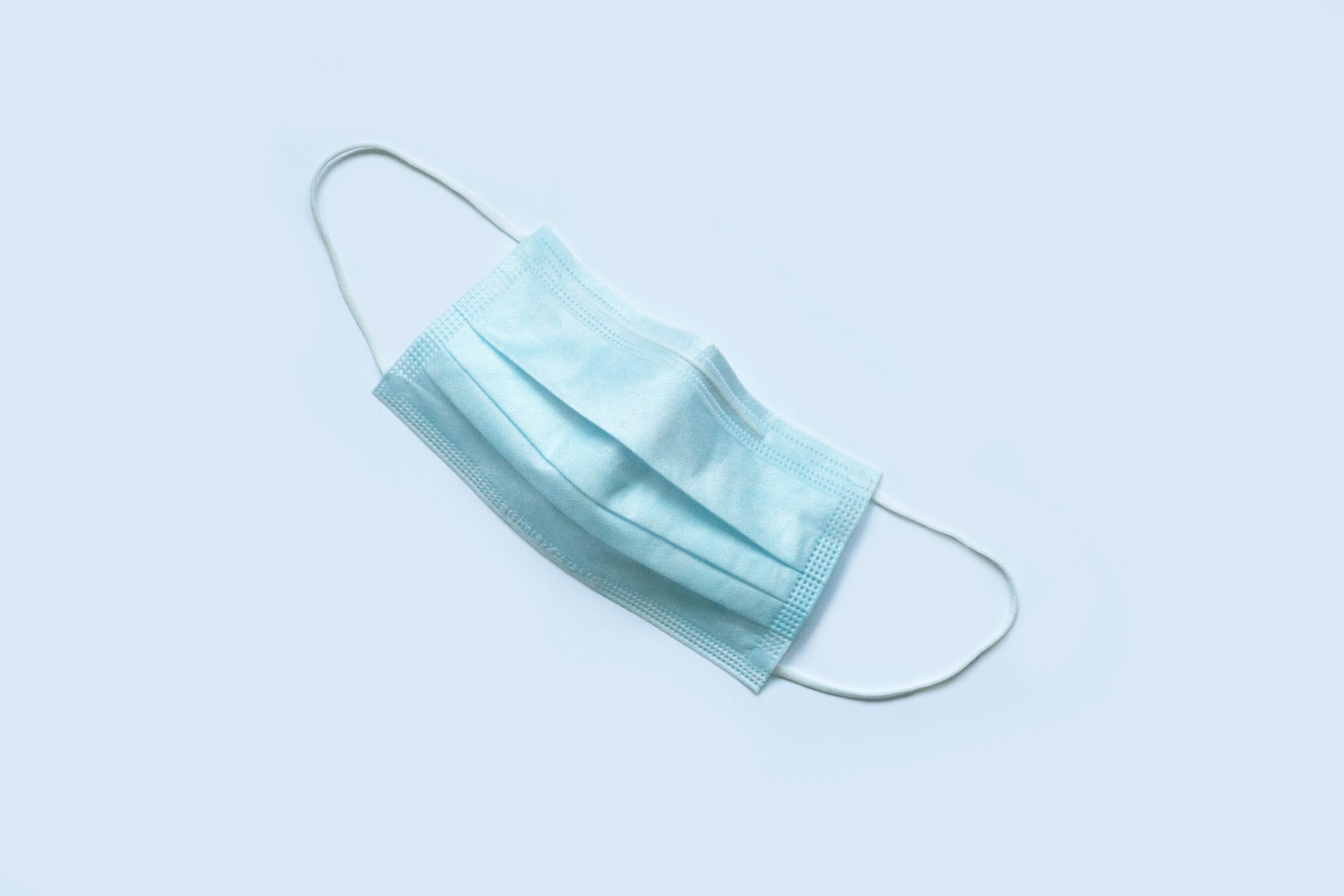Air quality is the term used to refer to the level of pollutants in the air. Good or clean air is needed for optimum health for humans, animals and the environment. Air quality can be become compromised because contaminants and particles cannot be seen, likely not noticed until someone is sick. ANSI/ASHRAE standards 62.1 and 62.2 are the recognized standards for ventilation system design and acceptable indoor air quality (IAQ). Both standards specify minimum ventilation rates and other measures in order to minimize adverse health effects for occupants.
Detail Associates can evaluate the air quality of your home or business by providing a full range of indoor air quality services to evaluate the presence of asbestos, bacteria, chemical vapors, dust, fiberglass, formaldehyde, heavy metals, lead, mold, pesticides, crystalline silica, and other contaminants. Many of our assessments are performed in response to occupant health and odor complaints. We will visit your location, provide testing services, and take samples to have them analyzed by a certified laboratory. Upon completion and evaluation of our assessment we will provide you with a full report and a certificate of analysis which will be comprehensive and helpful to determining the level of the problem and steps to correct it.
Airborne and surface mold/moisture

Mold is an integral element of Indoor Air Quality. See our full discussion of mold in the NY/NJ area here.
Temperature & humidity
The U.S. Occupational Safety and Health Administration suggest that offices maintain room temperatures in the range of 68 to 76 degrees Fahrenheit. They also recommend a humidity level between 20 and 60 percent. If it is too hot or too cold in the office, it can create health risks. The same is true of your home. If the air is not ideal it is easier for pathogens to transfer through the air and make you sick. Taking care of your employees and family is job number one. Maintaining the proper levels for air quality allows you to develop and retain workers, help you sleep better and even lower your energy bills in the process. It may not seem important, but office and home temperature and humidity are something that affect your livelihood.
Carbon dioxide/Carbon monoxide
Carbon dioxide and carbon monoxide are both are colorless, odorless, tasteless and invisible gases that are dangerous in high levels. Carbon dioxide becomes a poisonous gas when there is too much of it in the air you breathe. Too much of it can lead to central nervous system damage. Symptoms include feeling faint, breathless, dizziness and headache Carbon monoxide (CO) is often called the silent killer, it is a toxic gas and one of the most overlooked dangers in the home. The most accurate way to detect the presence of carbon monoxide is with an indoor air quality test. We will use testing tools to evaluate for the presence of carbon monoxide. Our equipment is calibrated to detect trace carbon monoxide gas from nearly 0 PPM and at increments as small as 1 PPM.
VOCs – volatile organic compound.
VOCs stands for volatile organic compound. VOC is a type of gas or vapor that is caused by toxic solids or liquids and have a high vapor pressure at ordinary room temperature. Though these compounds can also be found outdoors, numerous household products contain VOCs. Many building materials contain high levels of VOCs that become trapped inside once construction had been completed. Paint, paint thinner, adhesives, wall boards, ceiling tiles, and many other materials used to construct buildings all contain VOCs. Thus, those people who spend a large amount of time inside of office buildings or homes that contain these materials may contract sick building syndrome. Sick building syndrome is due to poor air circulation inside of newly constructed buildings, toxic gasses that are contained within building materials are not able to escape. As a result, those people that breathe VOC-laden air often become ill.
Nuisance dust
Nuisance dust is any airborne liquid, or solid, that is not harmful to the human body if the levels of concentration in the air and the duration of exposure to the environment is kept below a specific level. Nuisance dust occurs as a result of manufacturing activities such as grinding, sanding, smoking, and polishing. In the workplace, employees may be required to work in or be exposed to environments that contain nuisance dust. It is the employer’s responsibility to provide a safe environment and protect the employee from illness or harm as a result of this contamination by ensuring that nuisance dust levels are controlled. Lung damage caused by dust is a major health problem. Once the lungs are damaged there is no way to reverse it.
Silica exposure monitoring
The disturbance of cement, concrete, and brick during the performance of demolition work, unavoidably results in the release of high levels of crystalline silica, which is an eye, nose, and throat irritant and an IARC category 1 carcinogen. We provide air monitoring services to make sure the dust is at acceptable levels while you work. We also provide fit testing for certification of breathing respirators.
Lead-in-Paint
Lead paint or lead-based paint is paint that containing lead. Lead is added to paint to accelerate drying, increase durability and, maintain a fresh appearance. Even though the United States has regulations prohibiting lead paint, lead paint is still found in older properties. Lead paint is hazardous and can cause nervous system damage, stunted growth, kidney damage, and is especially dangerous to children. Lead inspections are performed, and samples are collected and analyzed to test for the presence and components of lead in paint.
Latest blog posts about Indoor Air Quality
Indoor Air Quality and You
The most prevalent concern regarding indoor air quality (IAQ) is related to health impacts. Poor indoor air quality can lead to a wide range of health problems, including: 1. Respiratory Issues: Indoor air pollutants such as dust, pollen, mold spores, and pet dander can exacerbate allergies and asthma symptoms, leading to difficulty breathing, coughing, wheezing,…
Climate Change and Your Home
Sustainable healthy indoor air quality refers to maintaining a pollutant-free environment. Climate change is impacting our environment and indoor air quality. How do you know the air you are breathing is healthy without testing it? Let Detail Associates test your home or office’s indoor air quality. Sustainable healthy indoor air quality is just a phone…
What are the effects of wildfires and hot temperatures on outdoor and indoor air quality in Northeast US?
Wildfires and hot temperatures can have significant impacts on both outdoor and indoor air quality in the Northeast United States. These effects are influenced by various factors, including the intensity and frequency of wildfires, meteorological conditions, topography, and local human activities. Here’s how these factors can contribute to changes in air quality. Outdoor Air Quality…
Clean Air is Needed for Good Indoor Air Quality
Recently, we witnessed the alarming smoke and haze caused by the Canadian wildfires, which had a devastating impact on the air quality in New York and Northern New Jersey. Most of the Northeast suffered from a haze of very unhealthy air affecting millions of people, and pushing us to stay indoors and wear masks again.…
Continue Reading Clean Air is Needed for Good Indoor Air Quality
7 Recommended Assessments for Businesses in NY and NJ
The impact of COVID-19 The impact of COVID-19 on our health, businesses, schools and financial markets, has been extensive worldwide. This summer has brought excitement and hope back into our lives. Many of us are now vaccinated. Restrictions have been lifted and people are returning to work, school and play. Most places have reopened, we…
Continue Reading 7 Recommended Assessments for Businesses in NY and NJ
The importance of clean, fresh air
Besides the obvious reasons for the importance of clean air, recently, the necessity has become even more evident as it relates to the Covid-19 pandemic. Evidence confirms that the virus remains in the air and can travel thus infecting others. Being in close contact, less than 6ft, can infect and contaminate people. Due to the…
Protect yourself from COVID-19 at work
The winter season is getting closer every day. There is a big concern with colder temperatures, that COVID-19 may surge again. The fear is that it will be more formidable than what we have already experienced the past 9 months. The CDC recently expanded the definition of “close contact” in the workplace and what it…
What is PPE?
PPE is an acronym that stands for Personal Protective Equipment. PPE works as a barrier between a person’s mouth, nose, eyes and skin to protect you as well as well as others from spreading germs. PPE became a household word manly because of COVID-19. COVID-19 is thought to spread mainly through close contact from people…
Indoor Air Quality Considerations – HVAC
According to the EPA, air cleaners and HVAC filters are designed to filter pollutants or contaminants out of the air that passes thru them. Air cleaning and filtration can help reduce airborne contaminants, including particles containing viruses. Portable air cleaners (AKA as air purifiers) may be particularly helpful when additional ventilation with outdoor air is…
